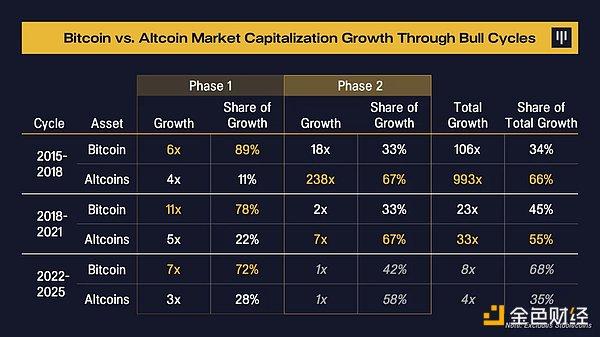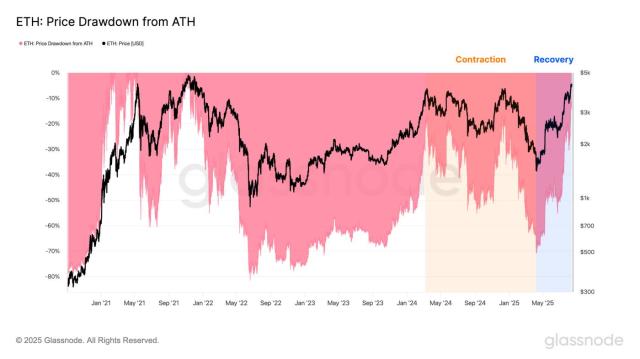Here's the translation: After careful consideration, @VitalikButerin's latest statement about L2 rapid withdrawal is quite interesting. In simple terms: he believes that achieving a one-hour rapid withdrawal is more important than reaching Stage 2, and the logic behind this priority adjustment is worth in-depth thinking: 1) A one-week withdrawal waiting period has indeed become a major problem in practical applications, not only providing a poor user experience but more critically raising cross-chain costs. For example, in intent-based bridging solutions like ERC-7683, liquidity providers must bear a week's capital occupation cost, which directly increases cross-chain fees. The result is users being forced to choose multi-signature solutions with weaker trust assumptions, which precisely goes against the original intention of L2. So Vitalik proposed a 2-of-3 hybrid proof system (ZK+OP+TEE), where ZK and TEE can provide immediacy, and TEE and OP both have sufficient production verification. Theoretically, any two systems can ensure security, thus avoiding the time cost of waiting for ZK technology to fully mature. 2) Moreover, Vitalik's new statement makes people feel he's becoming more pragmatic? From a previously idealistic youth full of "decentralization holy war" and "anti-censorship" rhetoric, he's now directly providing hard indicators: one-hour withdrawal, 12-second finality, everything becoming simple and direct. Previously, everyone was competing on Stage 2's degree of decentralization, but now Vitalik directly says rapid withdrawal is more important, which essentially reprioritizes the entire L2 track. This is actually paving the way for the ultimate form of the "Rollup-Centric" grand strategy, allowing Ethereum L1 to truly become a unified settlement layer and liquidity center. Once rapid withdrawal and cross-chain aggregation are achieved, the difficulty for other public chains to challenge the Ethereum ecosystem will rise another level. Vitalik's approach is also a result of the market voting with its feet, telling him that the market doesn't care about decentralization technical slogans but focuses more on experience and benefits. This transformation from "ideal-driven" to "result-oriented" reflects the entire Ethereum ecosystem evolving towards a more commercial and competition-driven direction. 3) The question is, to achieve realistic experience and long-term infrastructure construction, the Ethereum ecosystem will most likely compete on ZK technology's maturity and cost control. From the current situation, while ZK technology is rapidly progressing, cost remains a practical constraint. 500k+ gas ZK proofs mean only hourly submission frequency is possible in the short term, and achieving the ultimate 12-second goal still depends on aggregation technology breakthroughs. The logic is clear: individual Rollup's frequent proof submission is too costly, but if N Rollups' proofs can be aggregated into one, spreading across each slot (12s) becomes economically feasible. This also presents a new technical route for the L2 competitive landscape. Those L2 projects that can first achieve breakthroughs in ZK proof optimization might find their footing, while companions still struggling with Optimism's optimistic proofs will likely lose direction.
This article is machine translated
Show original

vitalik.eth
@VitalikButerin
08-06
Amazing to see so many major L2s now at stage 1.
The next goal we should shoot for is, in my view, fast (<1h) withdrawal times, enabled by validity (aka ZK) proof systems.
I consider this even more important than stage 2.
Fast withdrawal times are important because waiting a x.com/l2beat/status/…
From Twitter
Disclaimer: The content above is only the author's opinion which does not represent any position of Followin, and is not intended as, and shall not be understood or construed as, investment advice from Followin.
Like
Add to Favorites
Comments
Share
Relevant content







